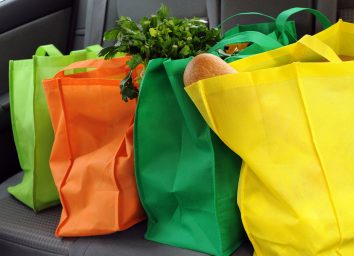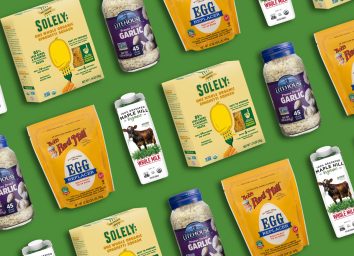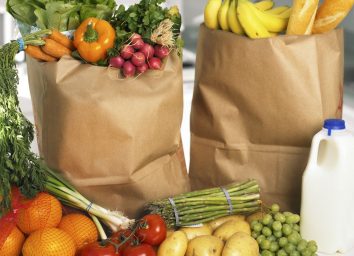25 Most Overpriced Foods to Avoid Buying
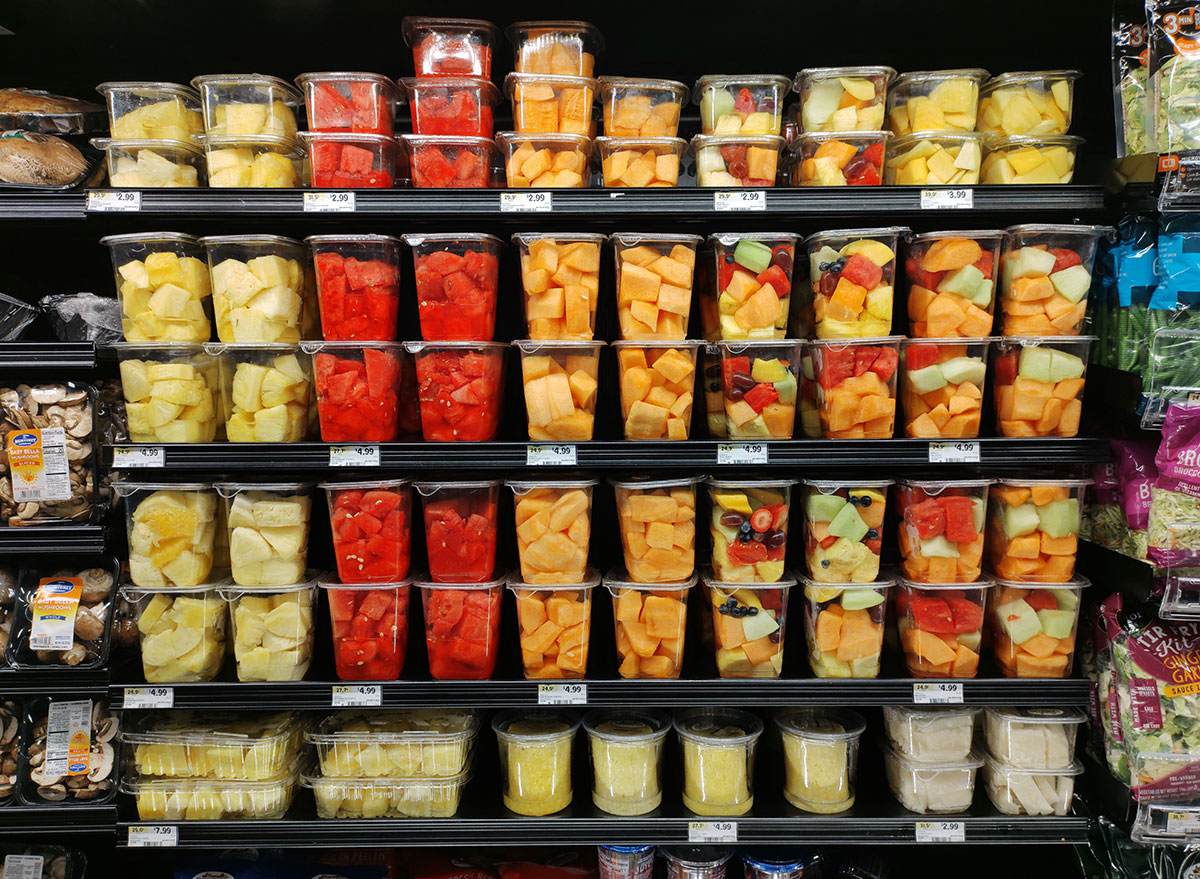
We've all been there. Finally through the check-out line, with just enough reusable bags to carry the weekly grocery haul, when the cashier hits you with the total. How does a simple trip to the supermarket always add up so quickly? What feels like the bare minimum often prices out like gourmet grub. We took a hard look at the most incredibly overpriced foods at every grocery store, from things you could easily make at home to expensive items that are just a genuine rip-off. It turns out, there are many tricks to lower that final total at the checkout line.
Let this comprehensive list be your thrifty-grocery guide. To save money, think twice before buying these 25 overpriced foods.
Granola
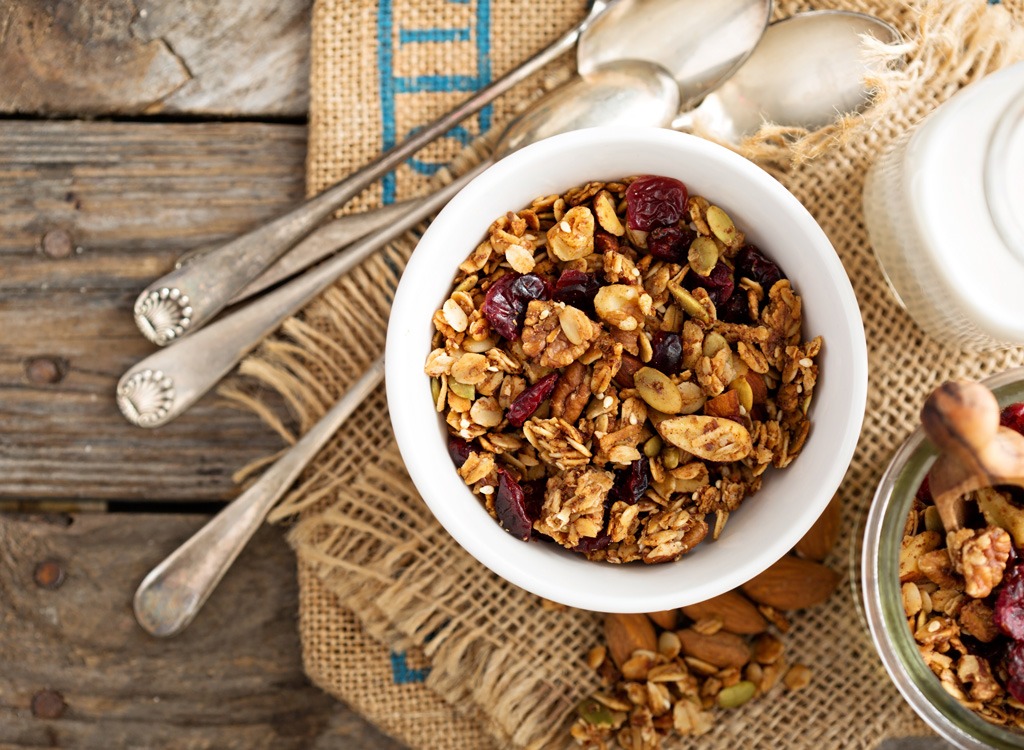
A single bag of granola now goes for almost $8— if you live in a city, that could tip even higher. While we're the first to endorse great granola, this snack is just as tasty and easy to make at your own house. Stop spending on overpriced granola, and you could save enough for two overpriced coffees!
Looking for more tips? Sign up for our newsletter and get them straight to your inbox!
Hummus
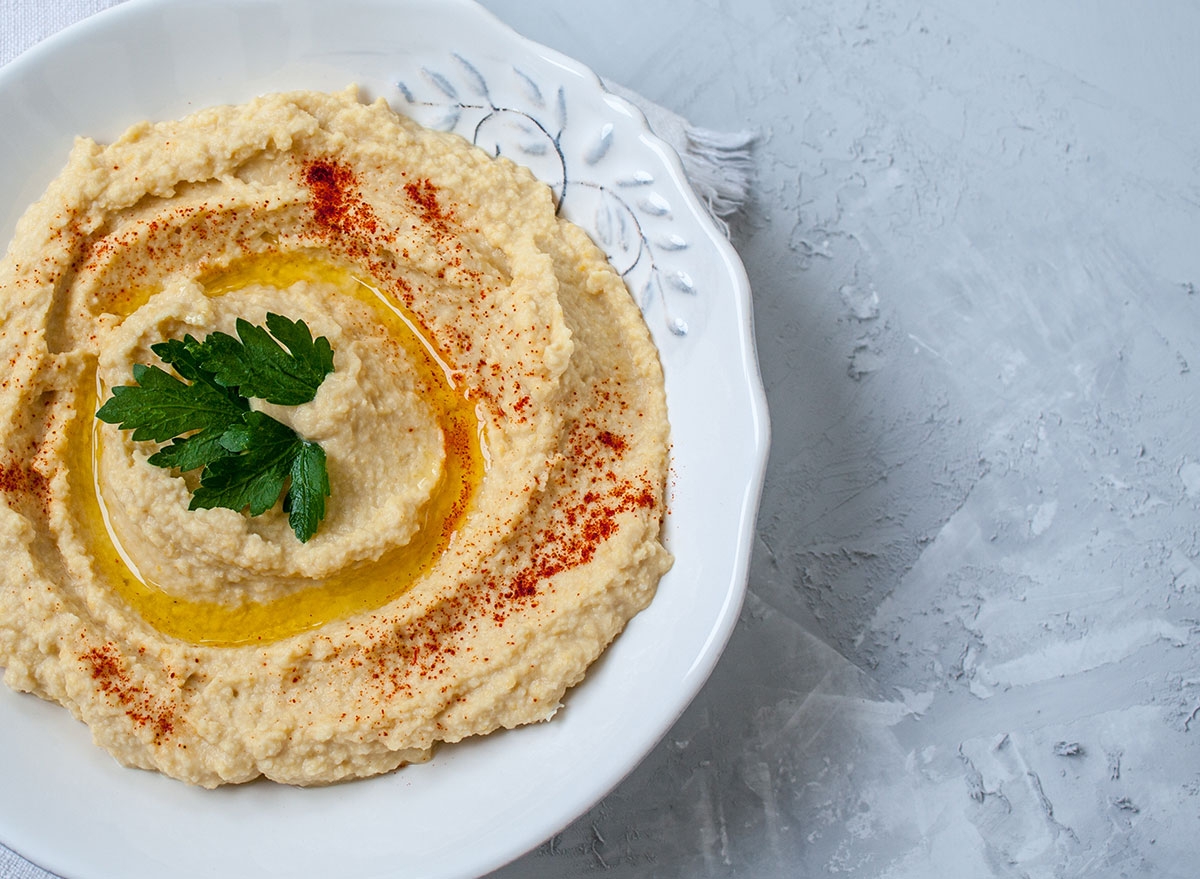
Hummus is another delicacy worth paying for, but the trick is, you don't need to. Even the most incapable in the kitchen can whip up their own hummus, given a food processor. Instead of spending $5 on a tub of hummus, try our recipe.
The added benefit to making your own hummus? You have the freedom to experiment with flavor far beyond whatever the store-bought brands have concocted.
Guacamole
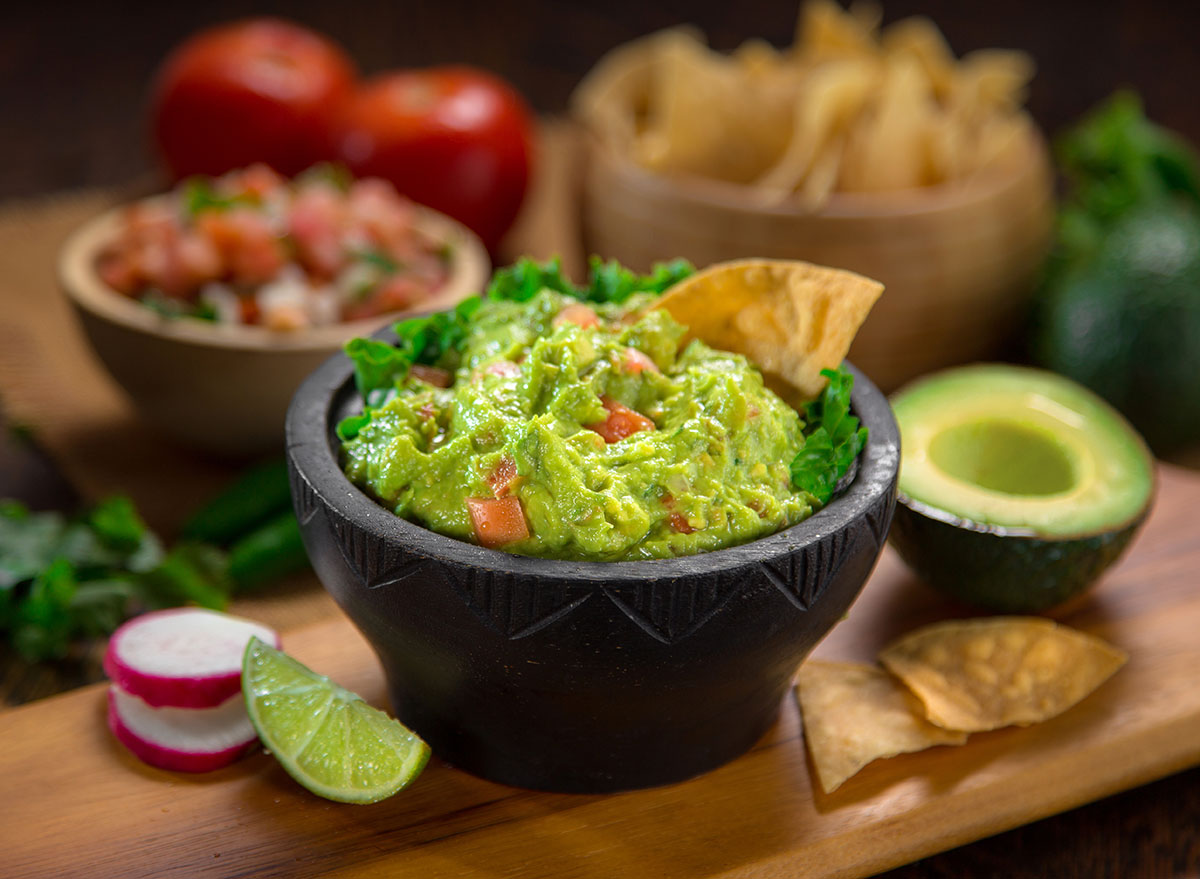
This summer staple is easy, healthy, and half the cost, when you make it at home. For a great place to start, check out our recipe.
Chips
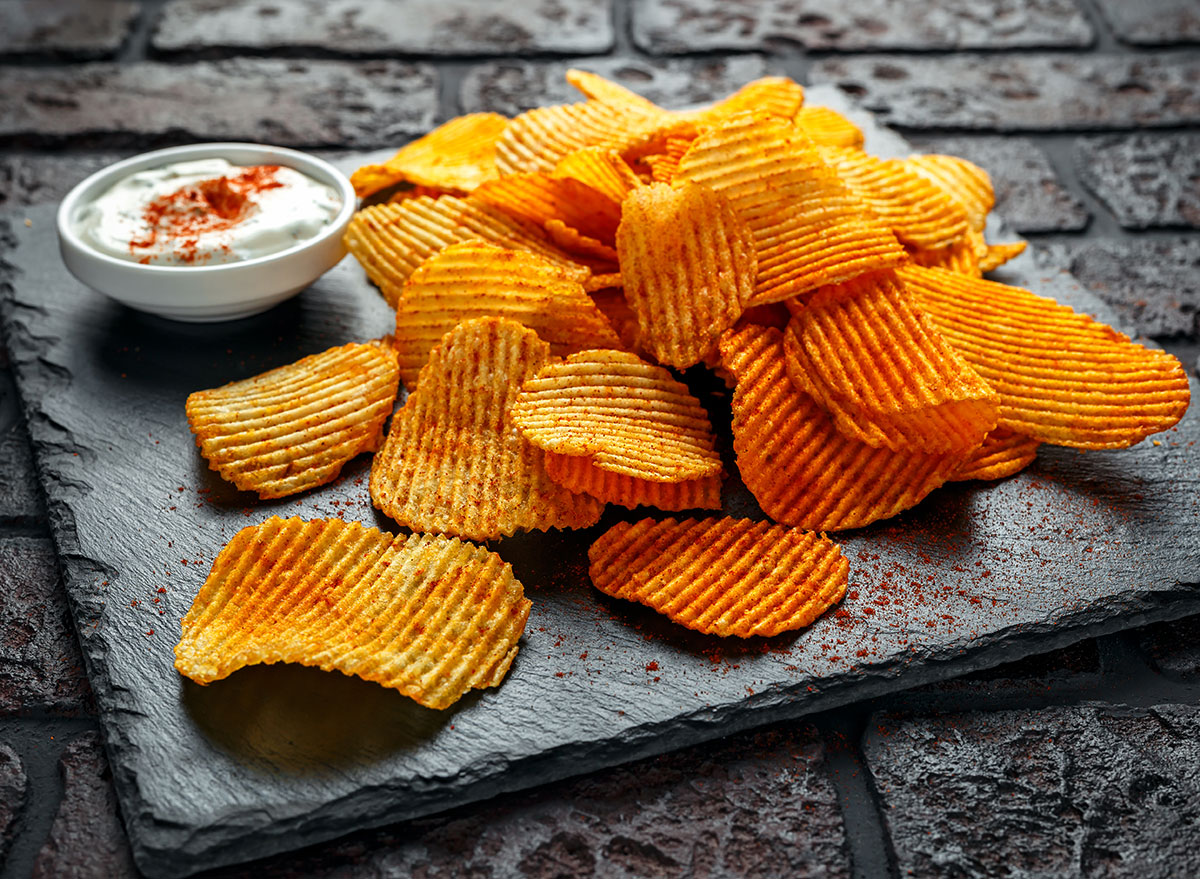
Once you have all that hummus and guac on your hands, you'll need some chips. Chips are deceptively easy to make at home, and while bags of healthy chips are often priced up in stores, you can make your own for the price of one potato.
Bowls
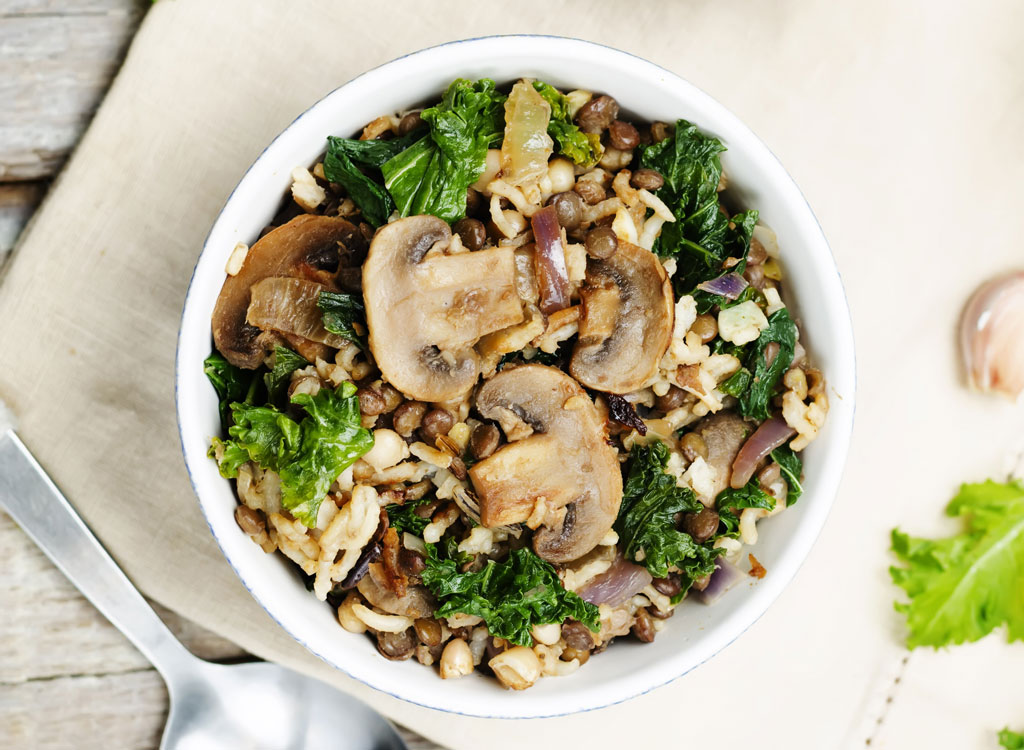
While other office-mates would head to the hot-bar at lunch or order various Medditteranean bowls, make a heap of rice Sunday night and added different toppings (i.e. veggies, guac, hummus) each day. You'll feel well-nourished and save upwards of $10 a day.
Trail mix
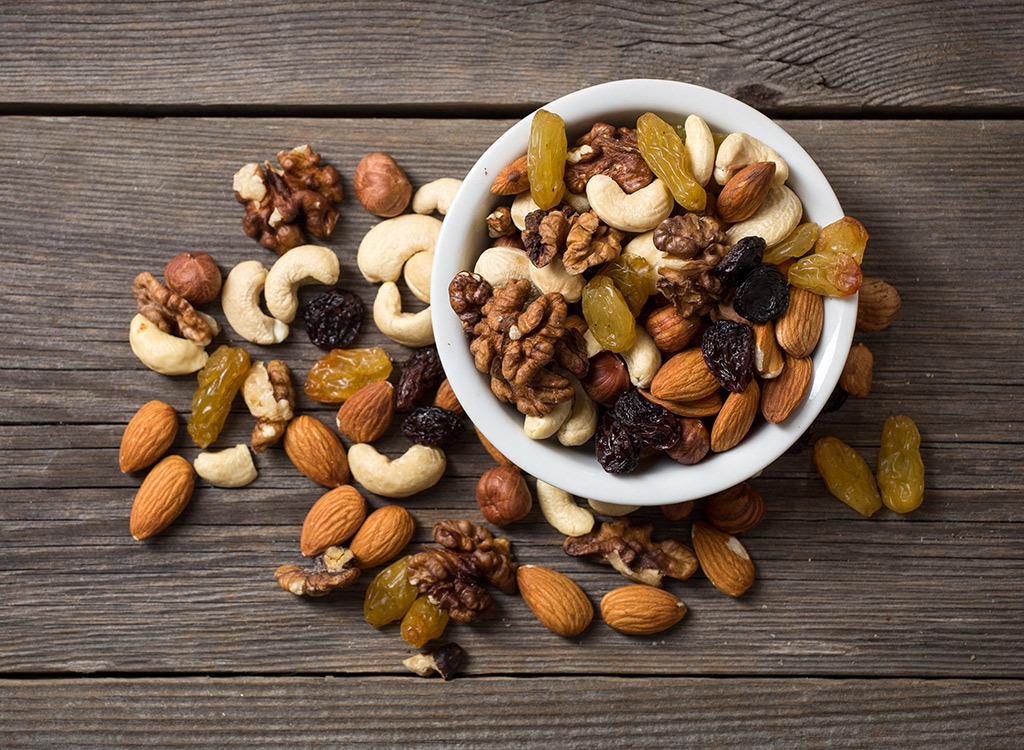
There's nothing better than a handful of trail mix, but depending on what exactly you're craving, you can most likely make a much cheaper version at home. If it's the salty/sweet juxtaposition that you love, simply make our trail mix popcorn instead of shelling out for more expensive nut and chocolate combinations.
Frozen Fruit Bars
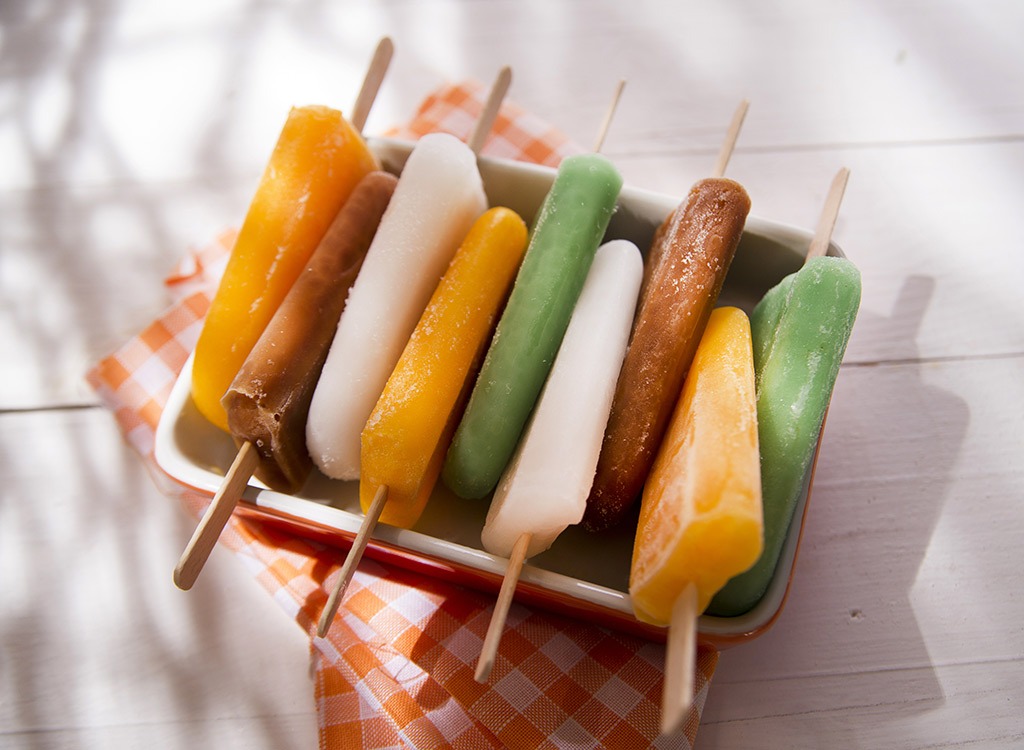
Homemade frozen fruit bars save you some cash, but also, they're a fun summer activity! The price of store-bought popsicles ends up reflecting the wrapping and boxing costs—when you make the sweet treat yourself, you lose out on that. Plus, you know exactly what's in them! Try our recipe for Kombucha Piña Colada Popsicles.
Mashed Potatoes
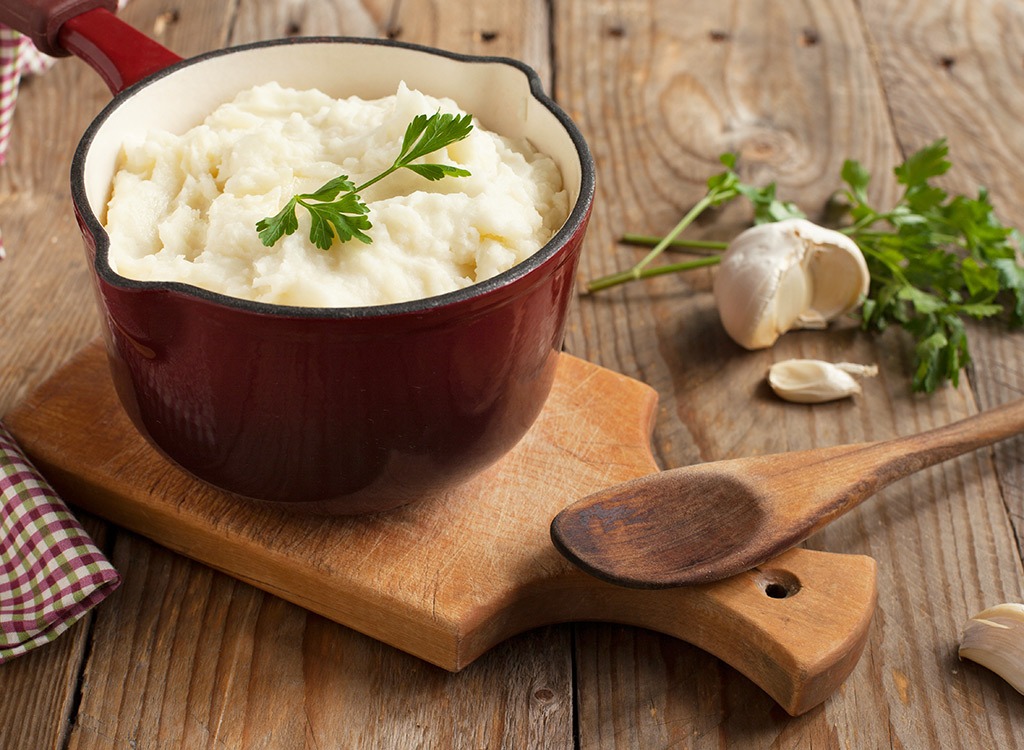
Pre-made mashed potatoes are quite possibly the most unnecessary item to purchase. Potatoes were already cheap, but as of this spring, their prices dropped even further. Grab a couple next time you're shopping and whip up our vegan smashed potatoes.
Energy/Protein Bars
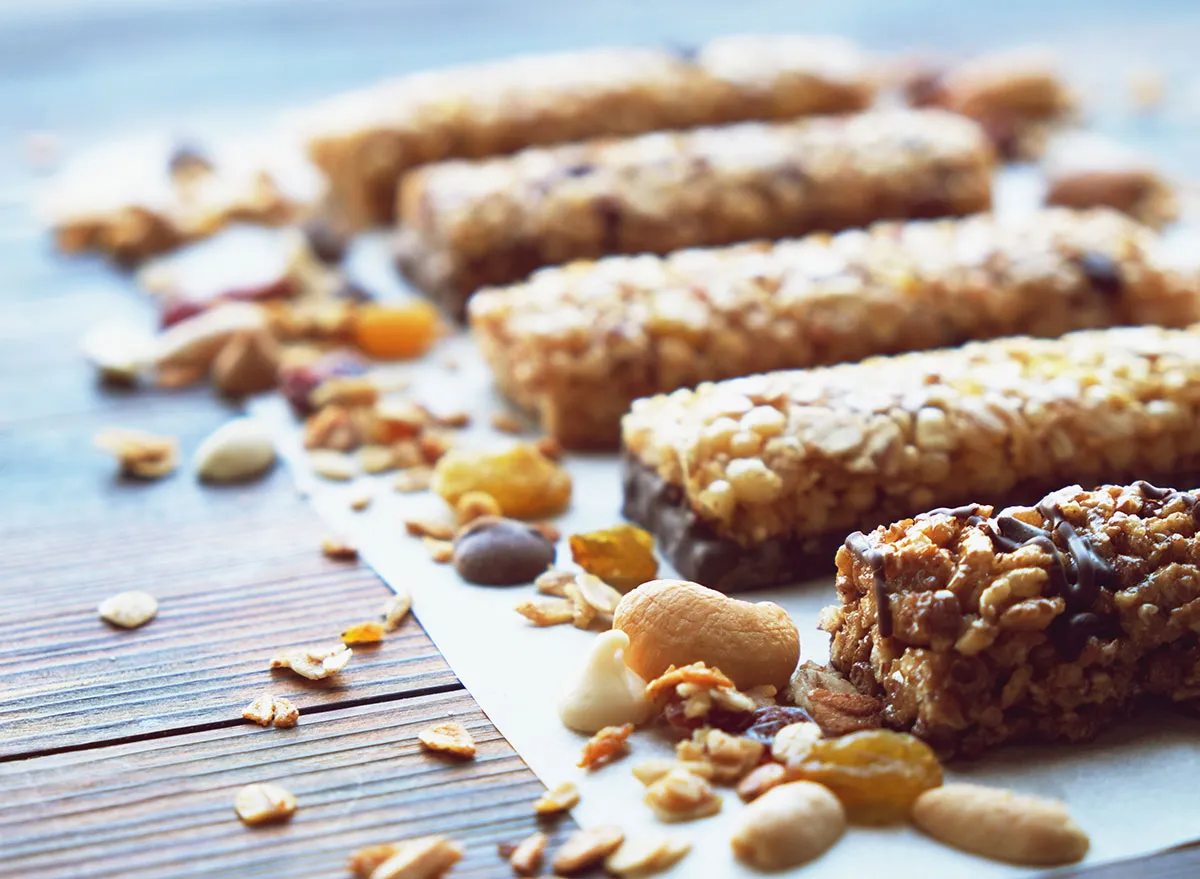
Individual bars are perhaps the least budget-friendly item you can get at the grocery store. Instead of spending anywhere from $2 to $4, get a bulk pack of bars online for much cheaper (a box of Lara Bars on Amazon, for example, comes out to $0.88/bar.)
Kombucha
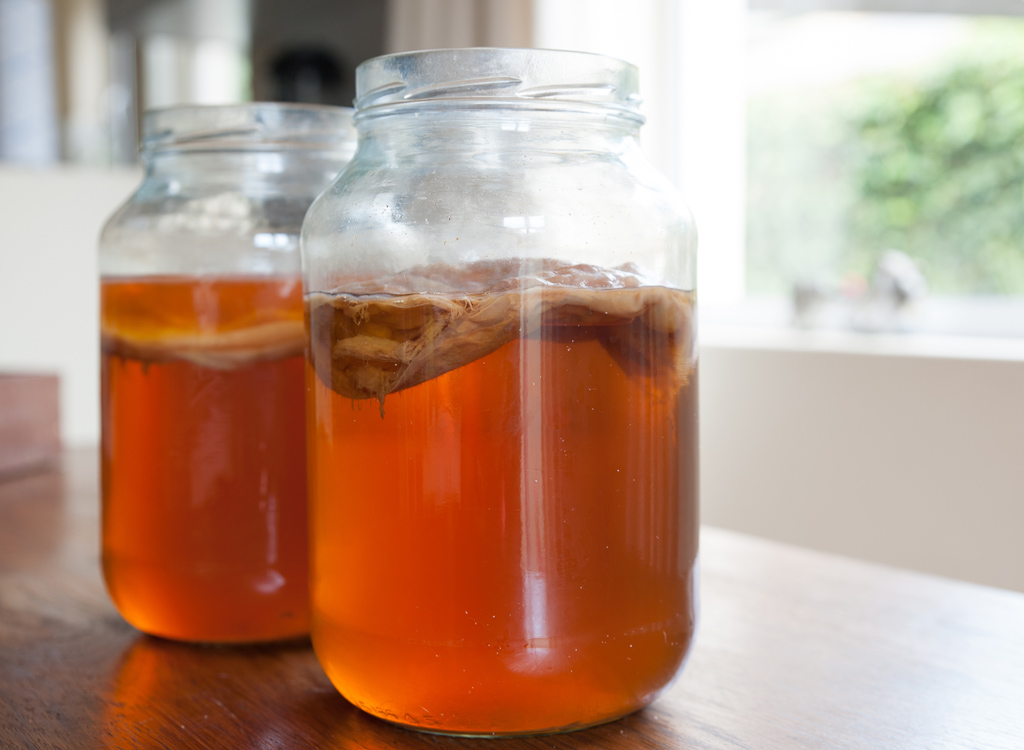
Okay, there's no denying that DIY kombucha feels a little more complicated than other at-home money-savers. But there is also no denying that kombucha is one of the most expensive non-alcoholic beverages on the market right now. Often going for more than $5 a bottle, even opting for a non-name brand booch will help you save. Trust us, they taste the same.
Cold-Pressed Juice
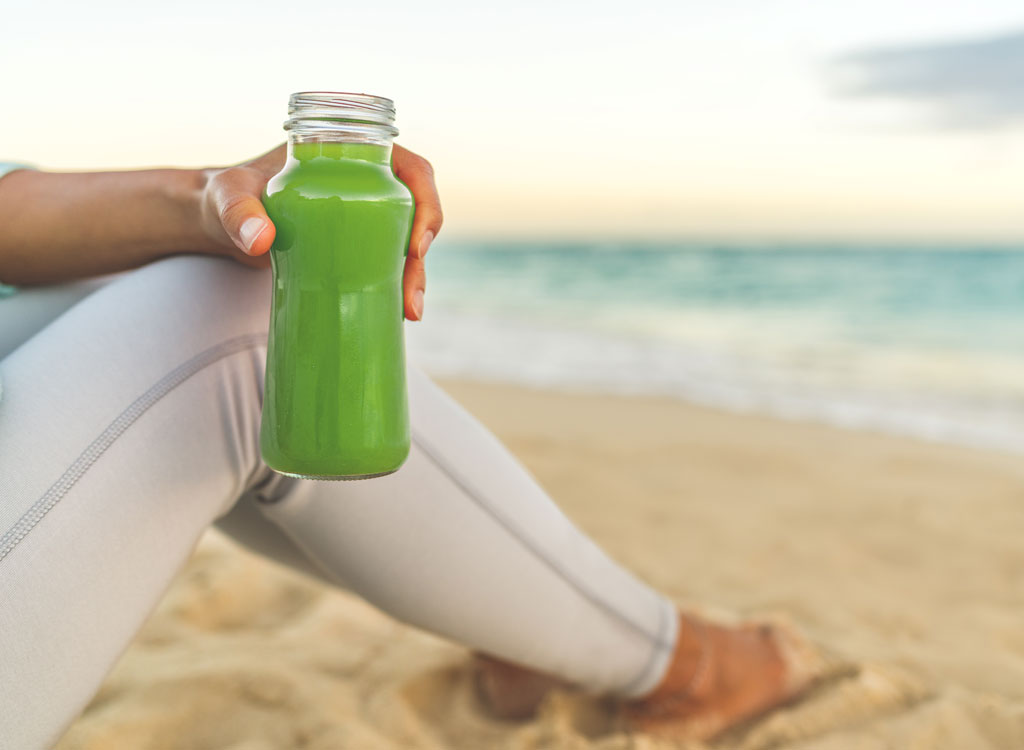
The only beverage more expensive than kombucha? Cold-pressed juice. For upwards of $12 a bottle, even if you invested in an at-home juicer, you'd make your money back pretty quickly.
Smoothies
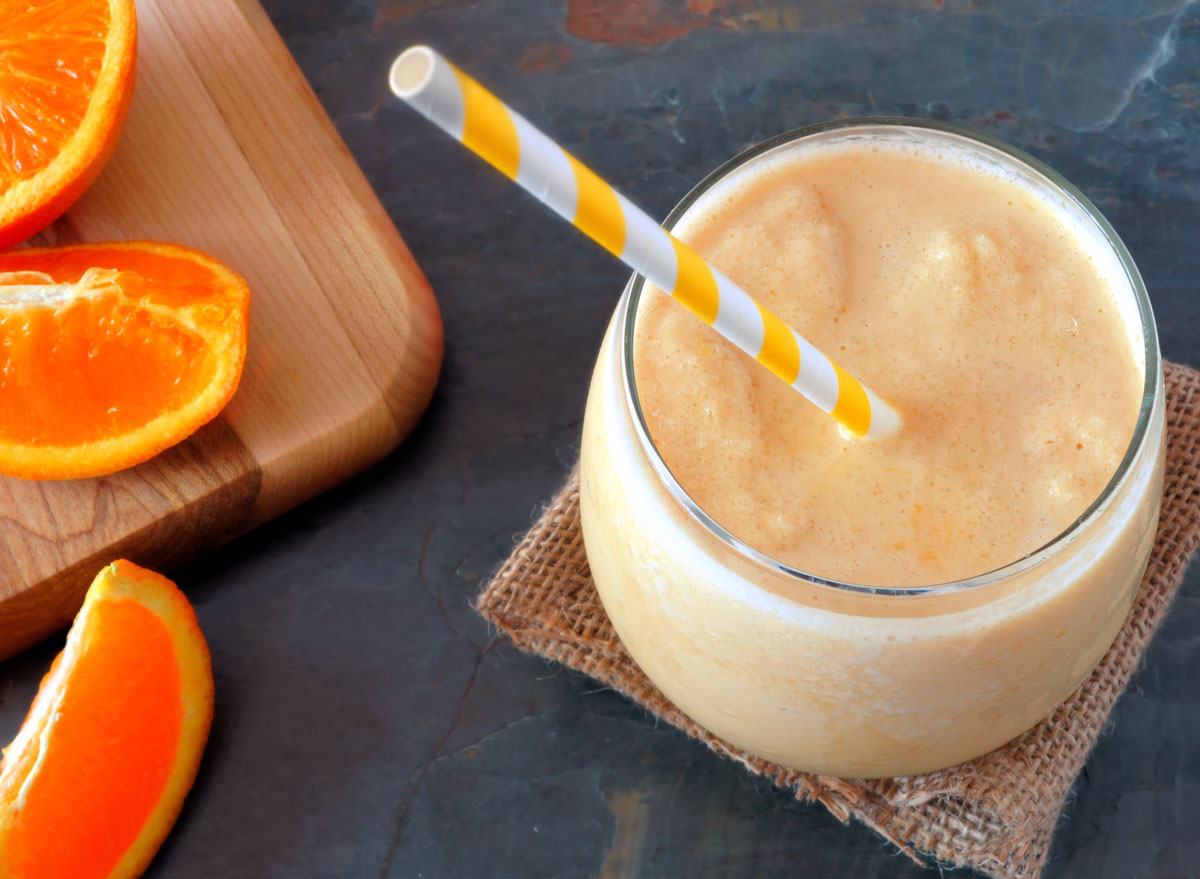
Not unlike cold-pressed juice, for the price of a smoothie, you're really just paying for convenience. A good blender and a home-made smoothie will save you money, while also giving you more control over ingredients.
"Fresh" Seafood
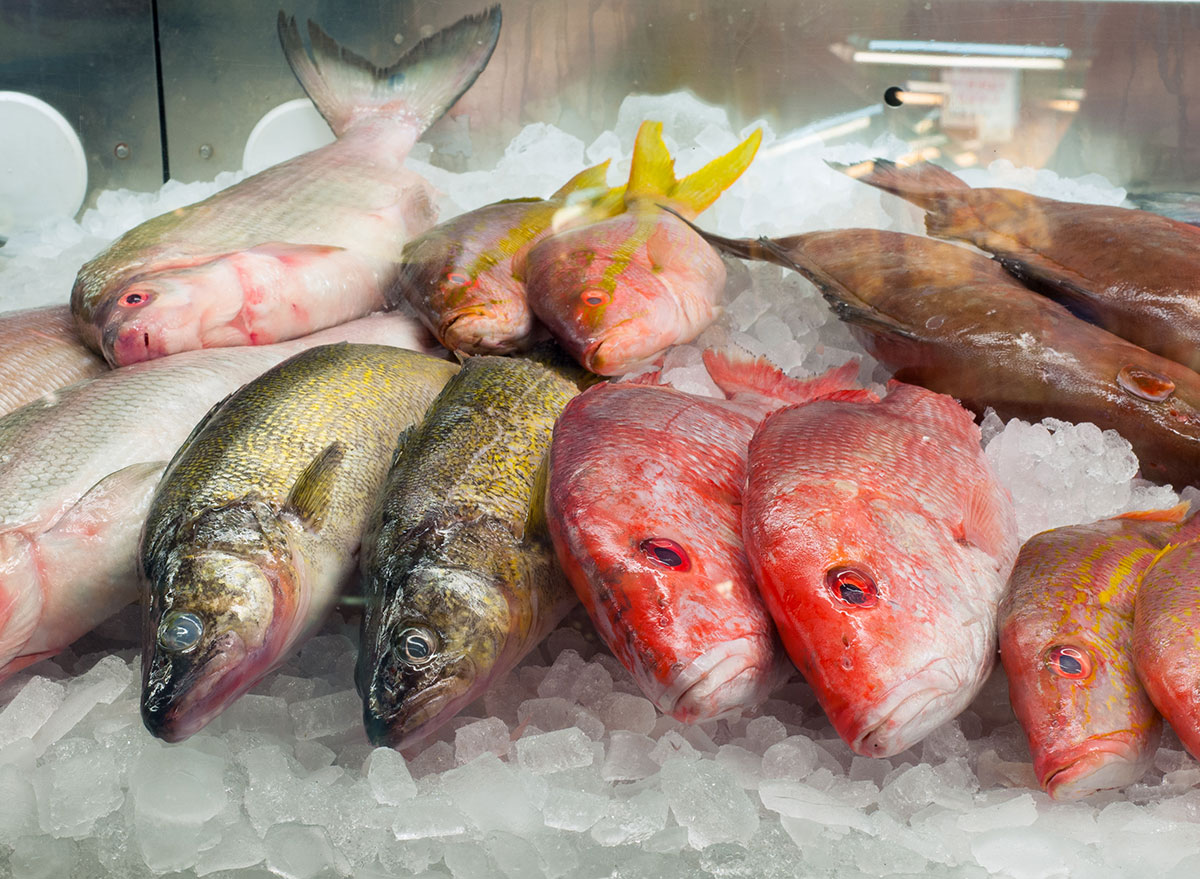
Here's an interesting tip: any seafood that is brought into a grocery store will need to be frozen on its way in, and then thawed in store. Because of this, the premium that you pay for "fresh" seafood isn't really worth it. The frozen stuff is the exact same, just unthawed.
Name-Brand Spices
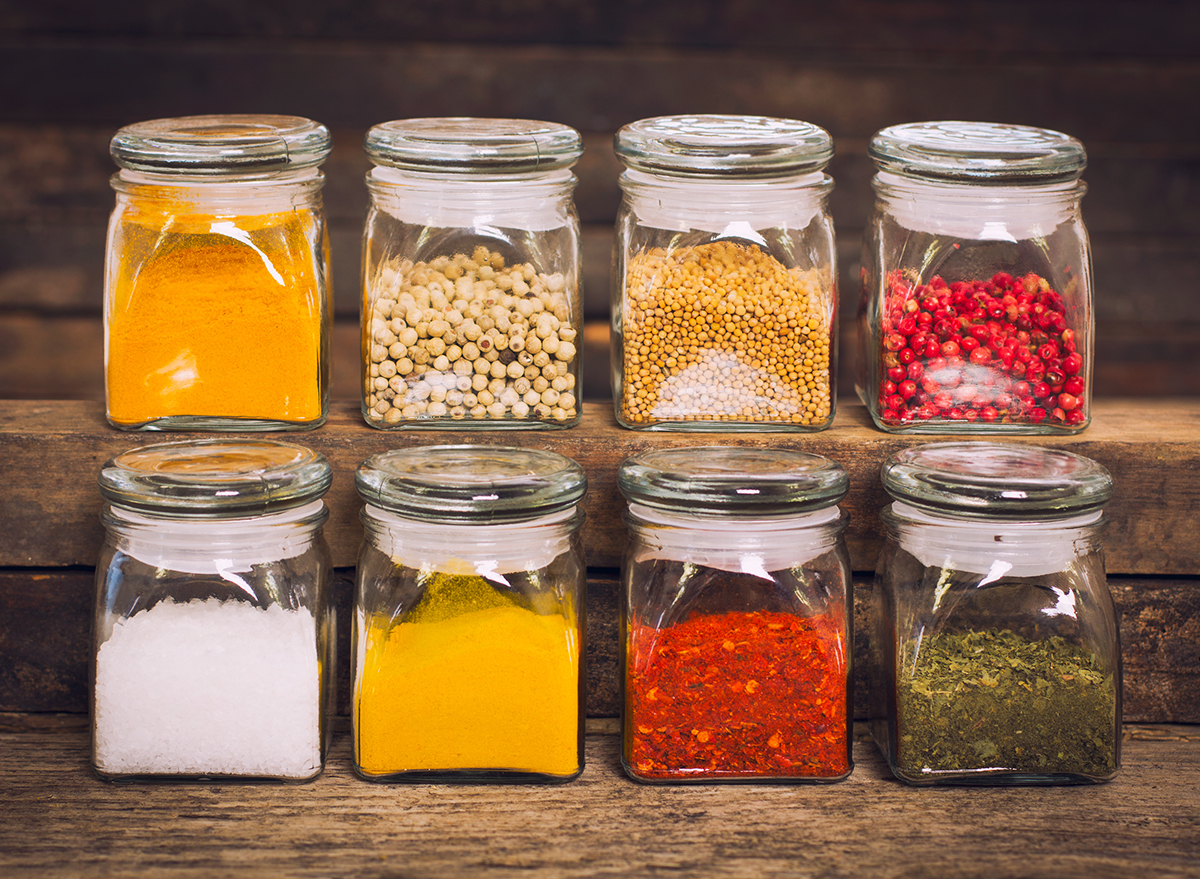
Name-brand spices are marked up a crazy degree. Instead of stocking up at a supermarket, head to your local natural food store to get seasonings—they're much cheaper there. And, while we're on the spice train: spice mixes are a notorious waste of money. Usually, they're easy to recreate using ingredients you already own.
Infused Olive Oils
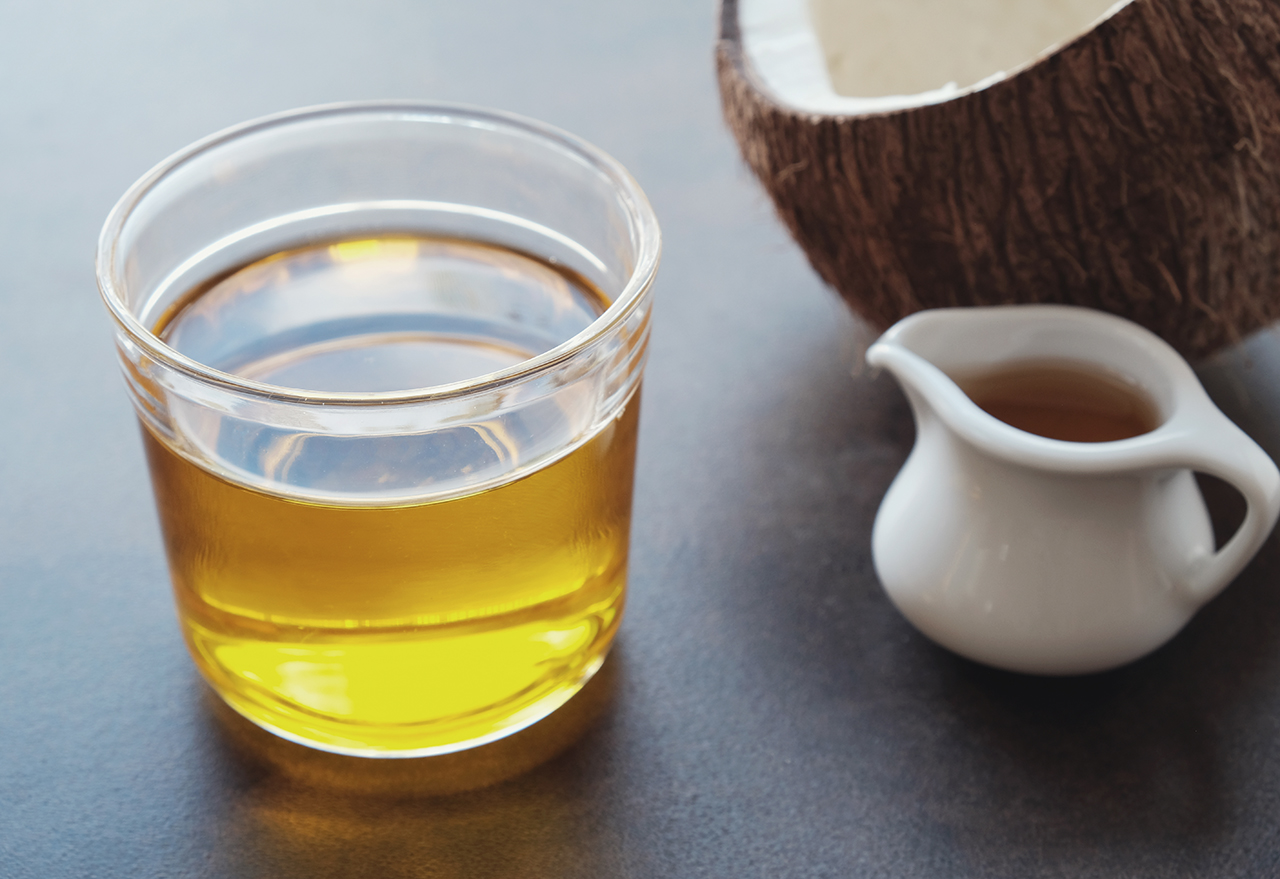
In the same vein as spice mixes, we find infused olive oils. Trust me, we get the allure. But a fancy, store-bought infused olive oil is not going to keep as long as its plain counterpart will, and it might be hard to use the whole bottle before it goes bad. You're better off flavoring your own olive oil at home.
Organic Quinoa

Interestingly enough, quinoa doesn't require pesticides to grow—part of why it's regarded as such a healthy grain. Most quinoas are grown pesticide-free, and all quinoa in its raw form is non-GMO. The organic label is more than likely just an excuse to up the price: go for the basic, cheaper quinoa.
Rice Mixes
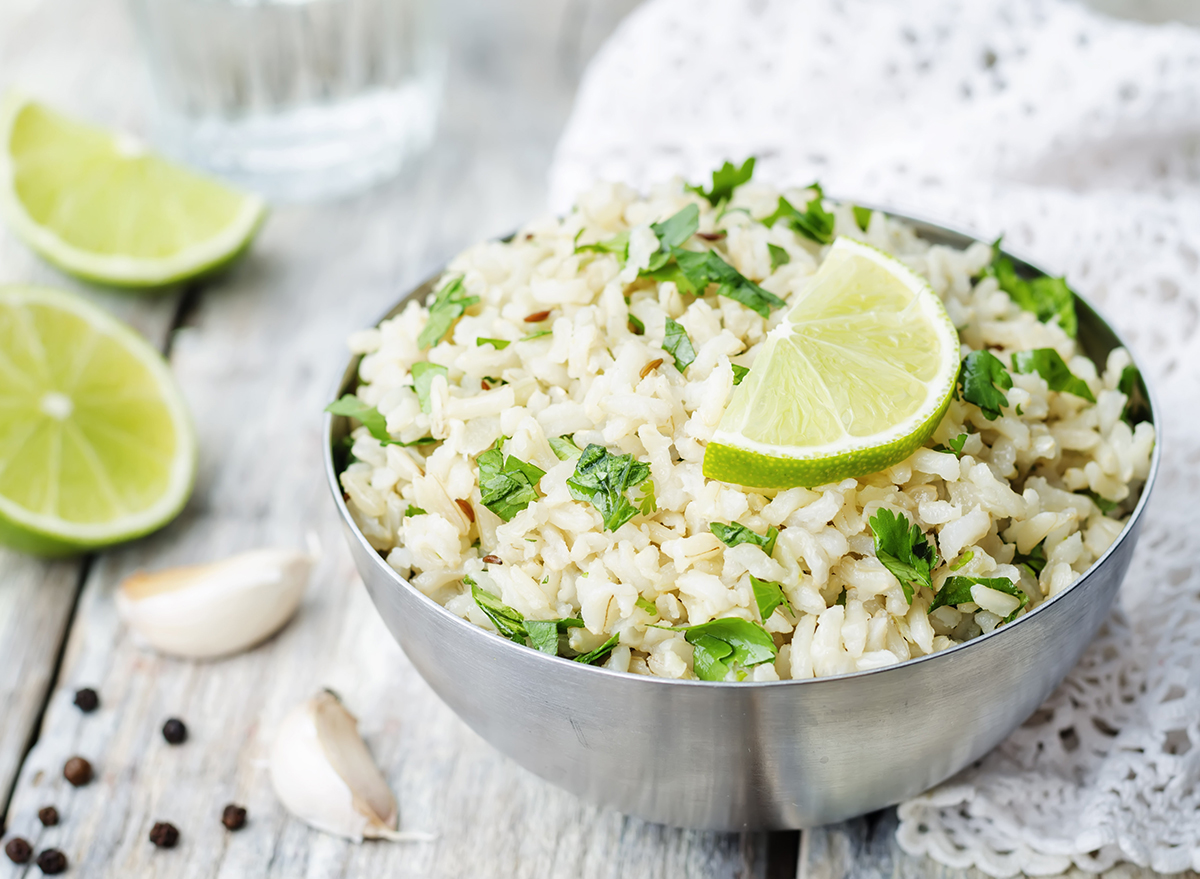
Rice is a simple, inexpensive food. Rice mixes, on the other hand, can go for more than $7 each. When each component of the medley is so cheap on its own, you have to wonder what you're paying for, buying them altogether. Opt-out of the premade mix, and create a rice dish using whatever leftovers you already have!
Powdered Iced Tea Mixes
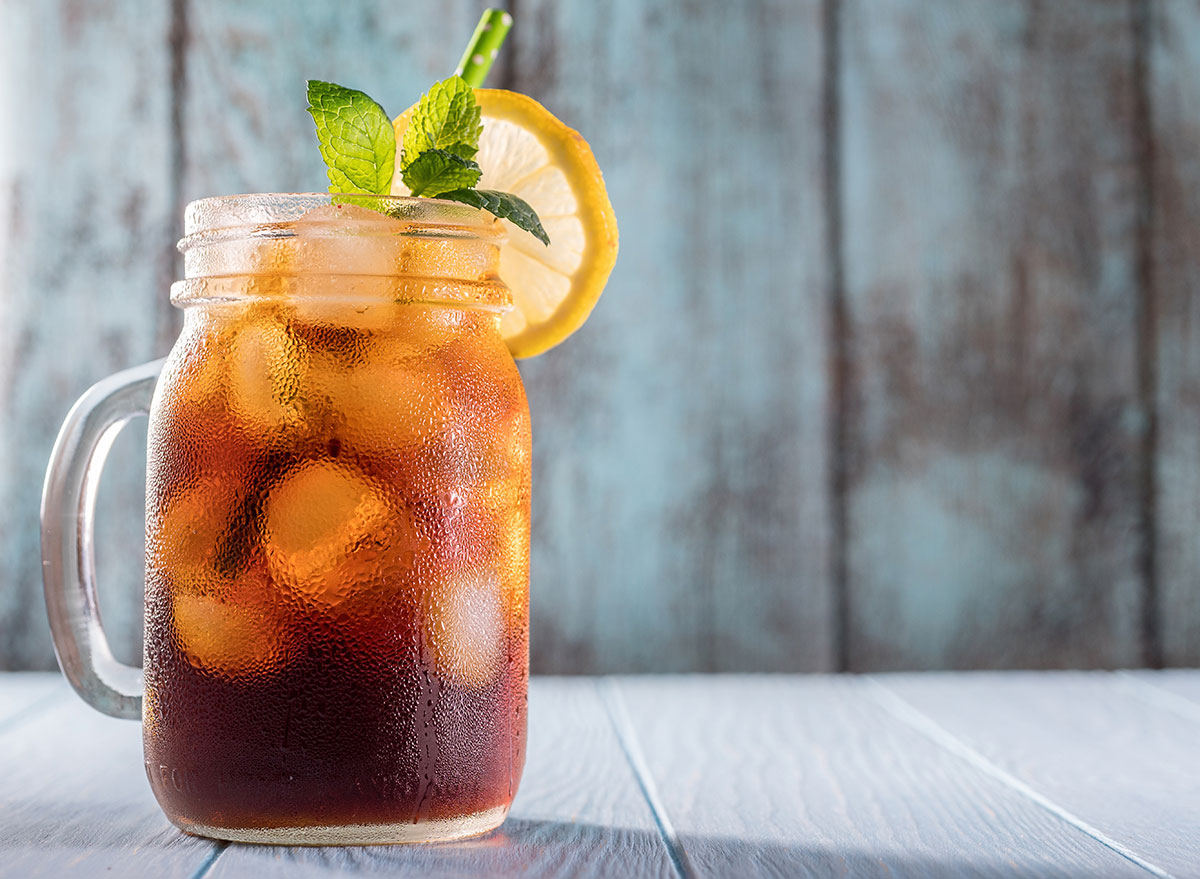
Another, albeit very different, type of mix to avoid? Iced tea mix. Iced tea is quick and easy to make by simply icing hot tea. In most cases, it's healthier, too.
Pre-Cut Produce
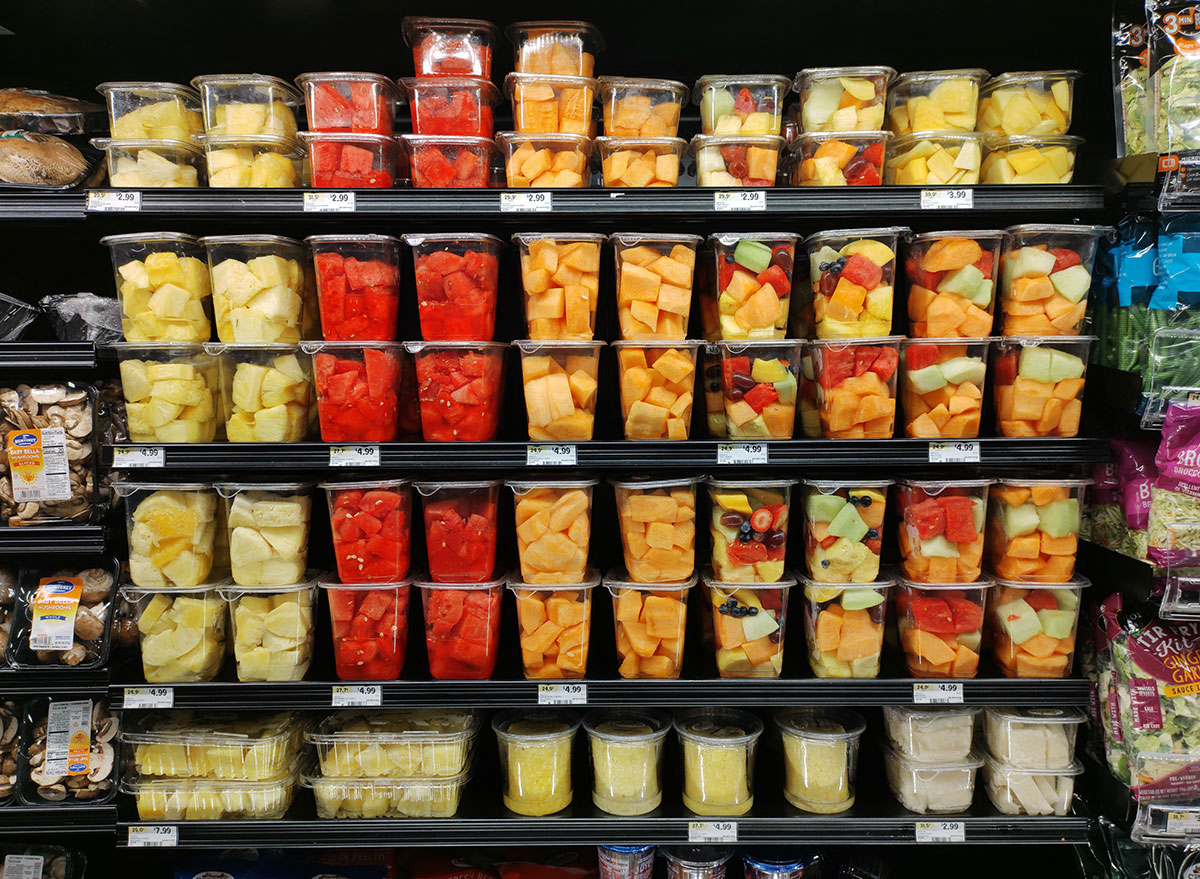
Sliced fruit is the perfect snack for warm, summer days. However, buying pre-sliced produce is a dent in your grocery budget that you don't need to make. Plus, washing and slicing your own fruits and veggies is safer.
Boneless Chicken Breast
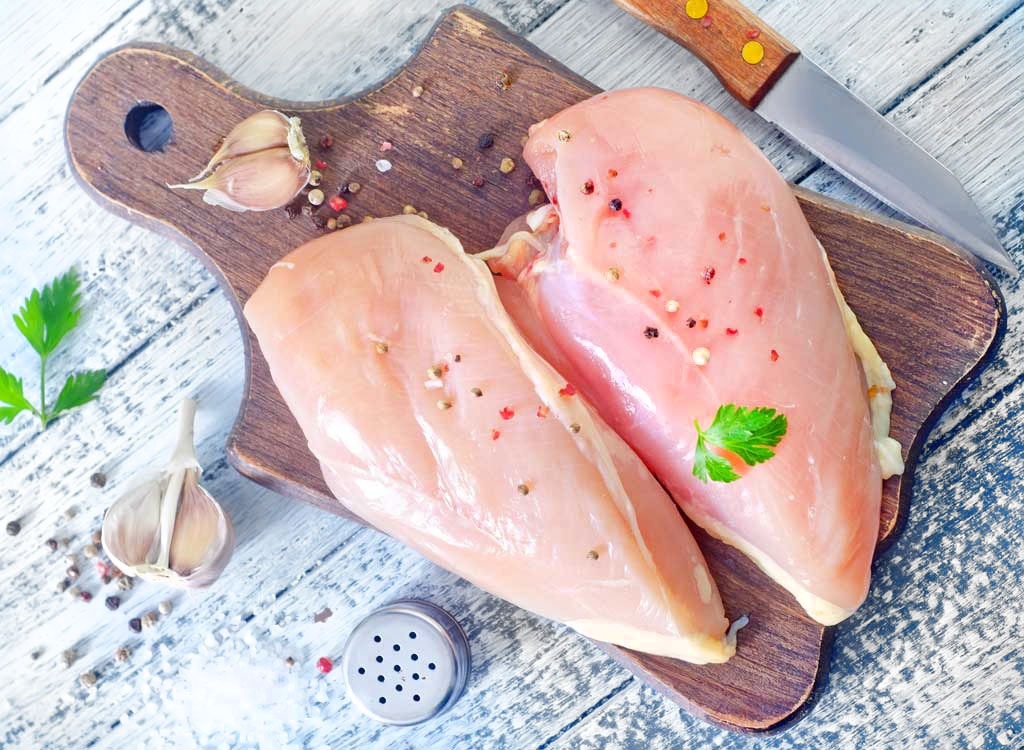
Another summer staple, chicken is a necessary component of every BBQ. While boneless feels like the natural pick, bone-in chicken will cut the price in half.
Meat, in general
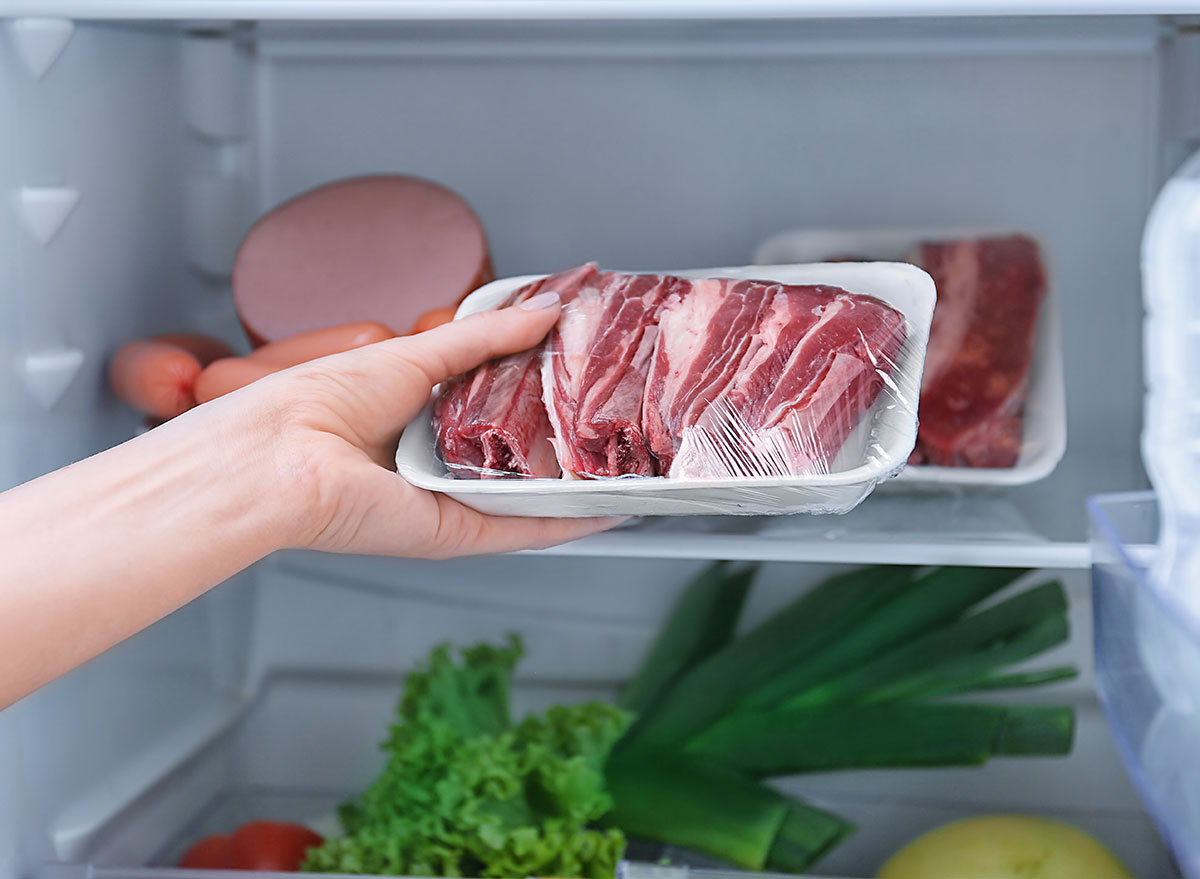
Steak, veal, beef roasts—you name it, due to the pandemic, the price of many kinds of meat has skyrocketed. Now maybe the moment to save by exploring protein alternatives!
Bread
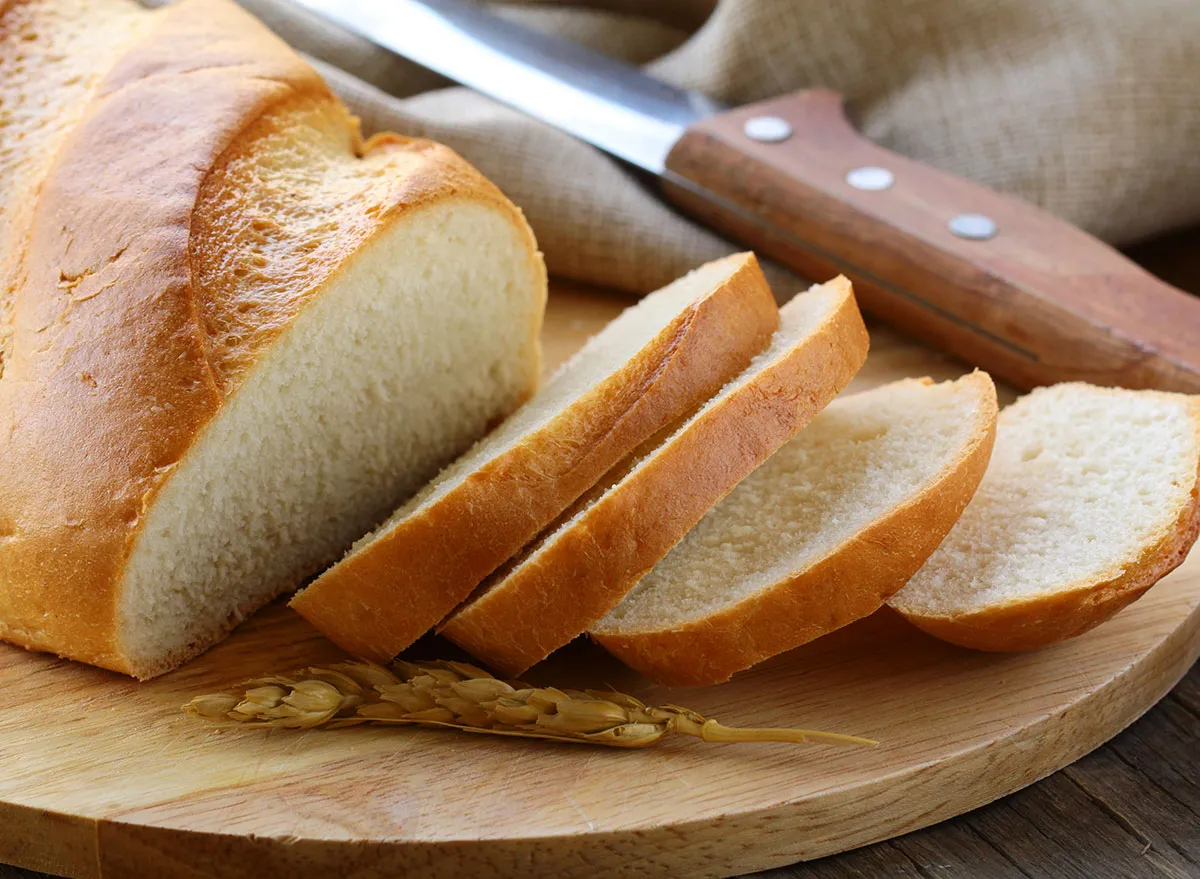
Another food that has seen a spike during the pandemic; while the price of bread hasn't gone up, the popularity of making an at-home rendition has. Instead of shelling out for loaves, an experiment in your kitchen. It may be tricky, but if you try making our recipe, it's much cheaper.
Breadcrumbs/Croutons
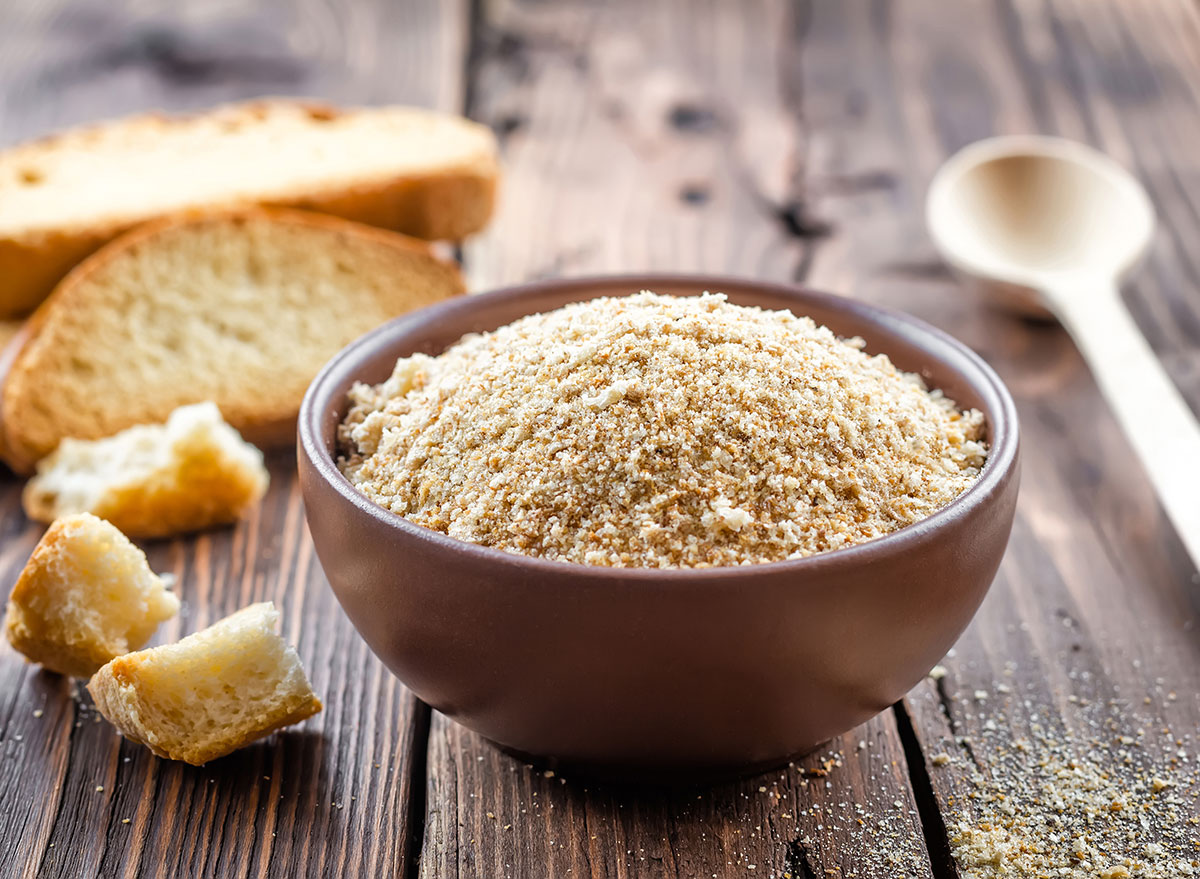
While the oven is on and the carbs are flowing, keep the thriftiness going by making your own breadcrumbs and croutons. While fresh seasoned organic croutons can get pricey, you can make your own for a fraction of the price.
Baked Goods
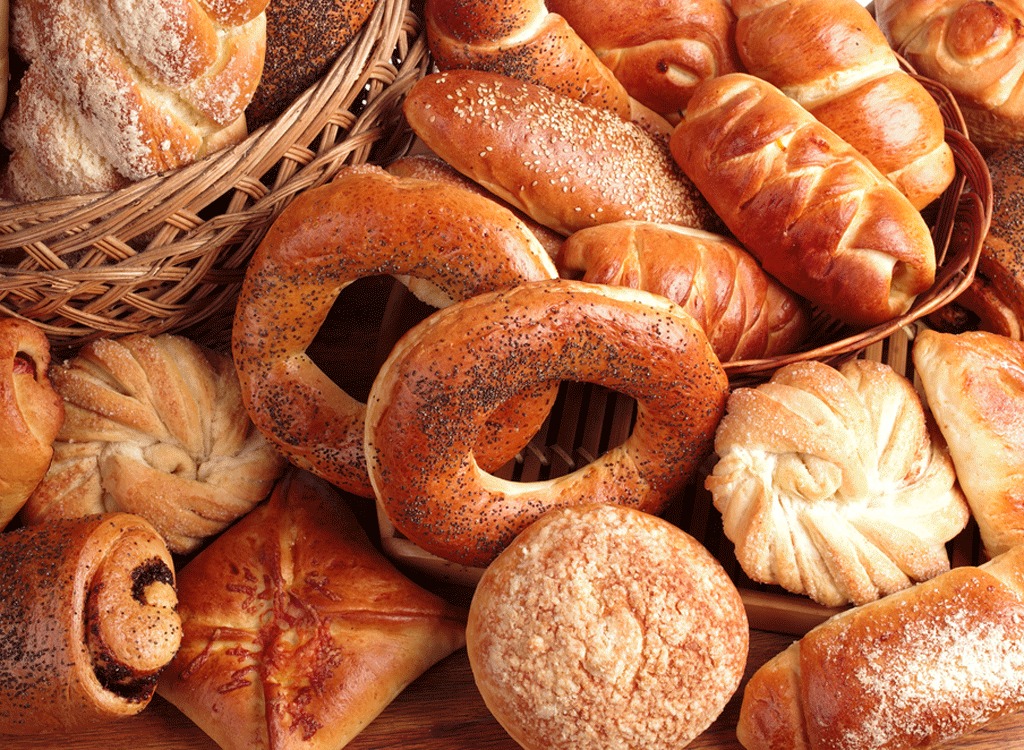
The ultimate grocery store markup, baked goods sell for an exponentially higher amount than you can make them for. Even if baking from scratch isn't your thing, the premade baking kits are still a less-expensive alternative than buying that tray of grocery store muffins.
Pizza Dough
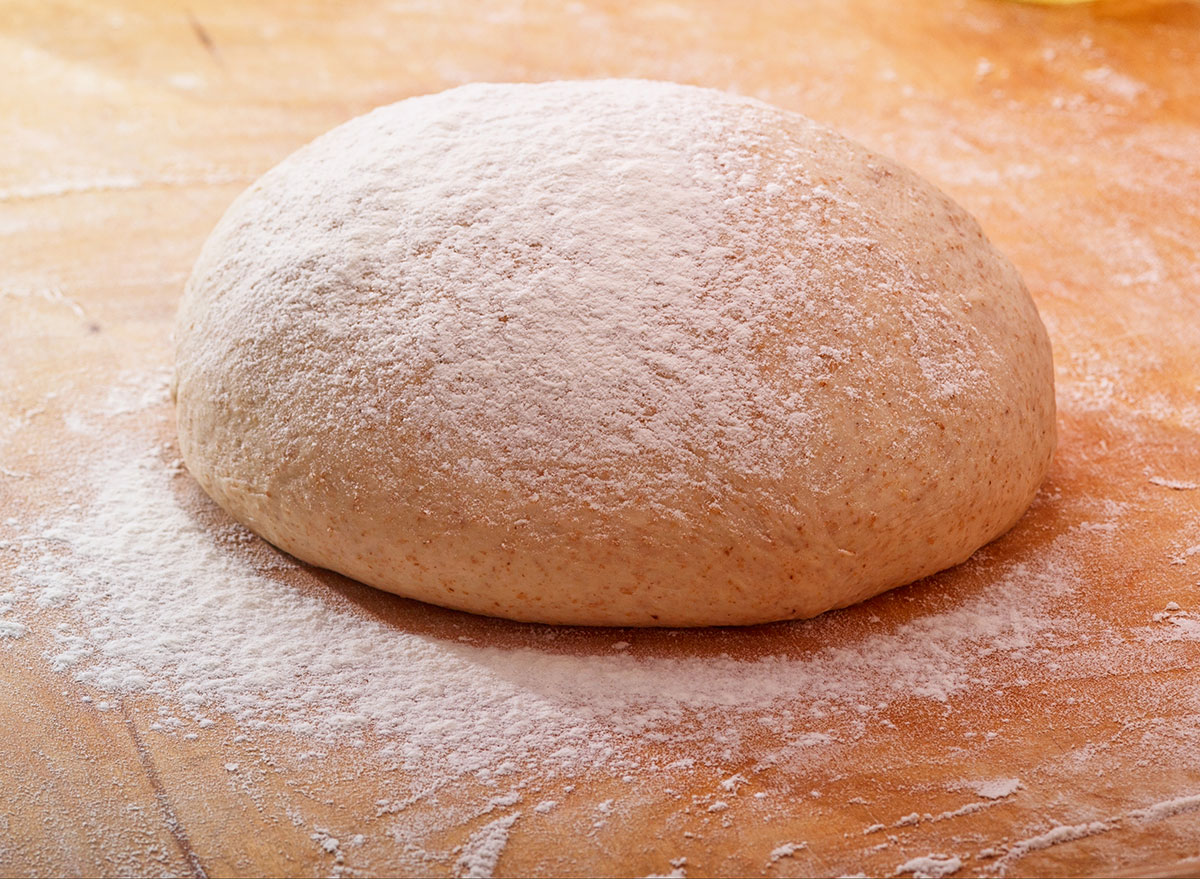
Finally, and arguably the most fun food to make at home: pizza dough. Save money while you mix ingredients, pound the dough, and pile on toppings. Pizza dough itself is cheaper to make than to buy, and then when you factor in the overall price difference between a homemade pizza and its store-bought alternative, this is a no-brainer.
